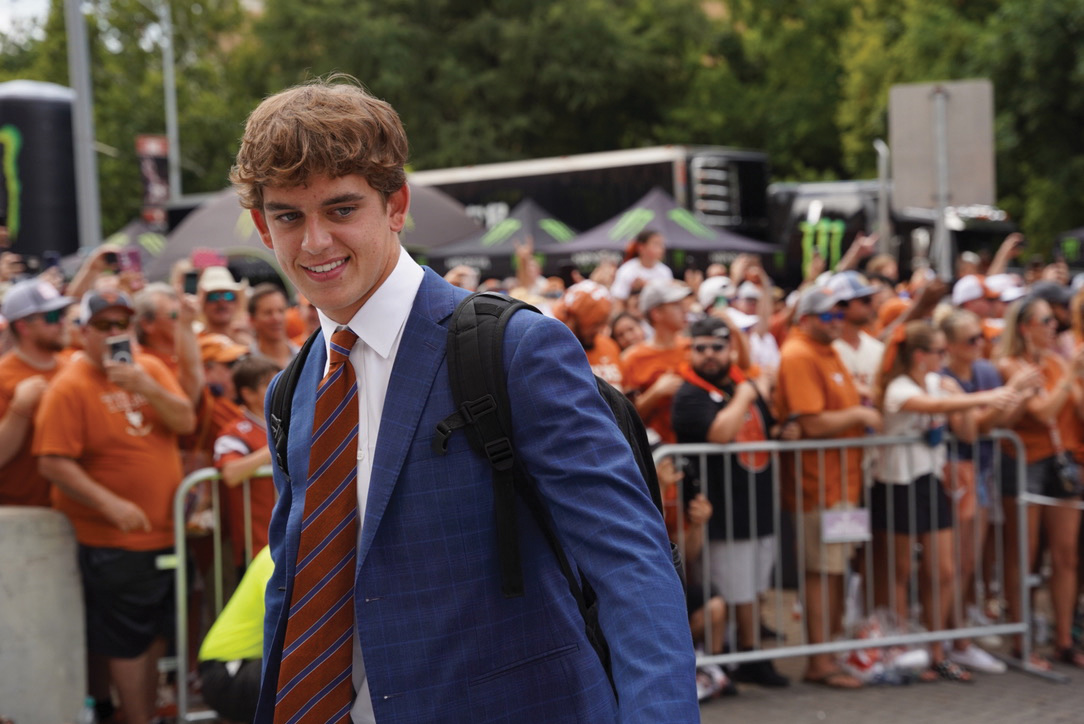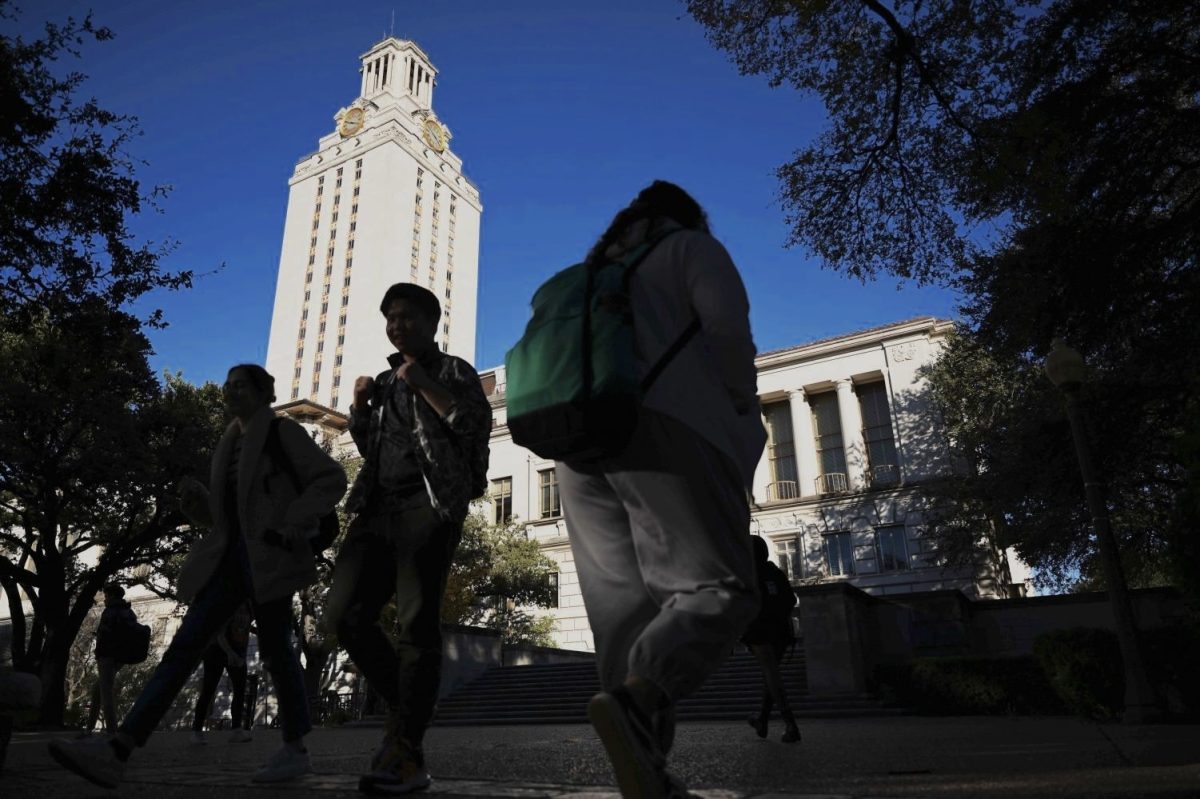Currently pending approval, the House v. NCAA settlement would usher in a new era of collegiate sports, distributing $2.8 billion in back-pay for former collegiate athletes and establishing guidelines that may change the way collegiate sports operate, once again.
Prior to possible approval of the settlement, the Texan took a look at what the settlement means for the industry of collegiate athletics.
What will the settlement do?
The settlement comes as a response to a lawsuit brought against the NCAA by Grant House, a former swimmer for Arizona State University. After multiple other former athletes joined House in suing the NCAA over its rules against revenue sharing and NIL deals for collegiate athletes, the NCAA decided to settle the lawsuit and offered $2.8 billion to compensate former athletes.
However, the settlement also establishes new guidelines and rules for NIL deals directly from universities, allowing universities to pay athletes directly for the first time in collegiate sports.
In the introduction of the settlement, lawyers argue that with the new payment methods opened to athletes, there is a possibility that college players “may have the ability to receive the same percentage of revenues as professional athletes in the NFL, NBA and other professional leagues.”
Will the settlement get approved?
The settlement is likely to be approved, said Trey Dolezal, senior partner and owner of Dolezal Law & Sports.
Dolezal, who previously served as an assistant attorney general in Texas, works with college athletes entering the professional field and has negotiated deals for pro-athletes in the past. However, he also said the settlement has many moving parts, and issues such as time frame and distribution will take time to resolve.
“It’s been going once since (2021) so it’s not new,” Dolezal said. “This is so enormous that it’s really hard to wrap your head around how they’re figuring all this out to make it work the best way, not just for the players, but also for the universities, the donors and mostly people watching the game.”
U.S. federal Judge Claudia Wilken previously heard the settlement and asked the parties to flesh out more specifics and explain why certain choices were made, including rethinking a provision that would limit how many athletes are allowed on rosters. The results of the changes and explanations were later explained to Wilken in the final April 7 hearing on the settlement.

How will schools pay athletes?
While the settlement will allow universities to pay student-athletes directly, schools will be subject to salary caps, similar to those seen in professional sports, to ensure a level playing field amongst schools.
Reporting by ESPN suggests universities will be able to pay athletes up to $20.5 million in the first year following the settlement.
Division I schools will be able to pay athletes up to 22% of the Power Five schools’ average athletic revenues. Athletic revenues include media rights, ticket sales, conferences and NCAA distribution and sponsorships. Some universities might be able to pay athletes up to $20.5 million in the first year following the settlement, according to ESPN.
“It’s gonna cost the average customer more money because they’re going to have to raise (the money) from somewhere,” Dolezal said. “I’m sure they’ll put it towards people buying tickets, concessions, probably sales of jerseys and hats and all the things that these schools are selling. They’re all going to have to throw their pennies and dollars to make that happen.”
According to the settlement, Daniel Rascher, founder and president of SportsEconomics and professor for the sports management master’s program at the University of San Francisco, has calculated that by 2034-35, collegiate athletes will be on the path to profiting as much as professional athletes do in the country’s biggest sports leagues.
Rascher’s predictions display a 60% increase in the annual pool amount, growing from more than $20 million per school to $32.9 million within nine to 10 years.
This increase of potential NIL revenue could change the landscape of collegiate athletes’ decision-making on whether they want to leave for the next level. At the professional stage, there are often rookie caps, limiting a team’s ability to dedicate all its money toward a first-year player. However, if the senior player decides to stay for another year, they can potentially receive more money through NIL.
“(College athletes are) trying to get to the NFL, and NIL is a kind of a sidebar to that, but it’s becoming more of an obstacle, allowing kids to stay a year longer than they might,” Dolezal said.

What happens next?
The final hearing on the settlement occurred on April 7 and, if approved, could go into effect as soon as July 1. If not approved, the settlement will proceed to trial.





















